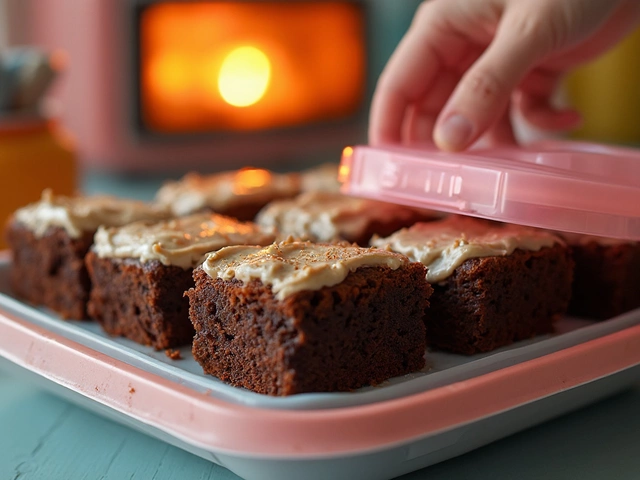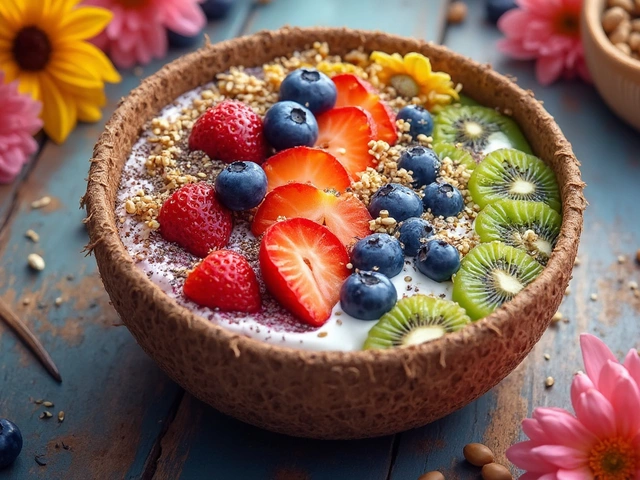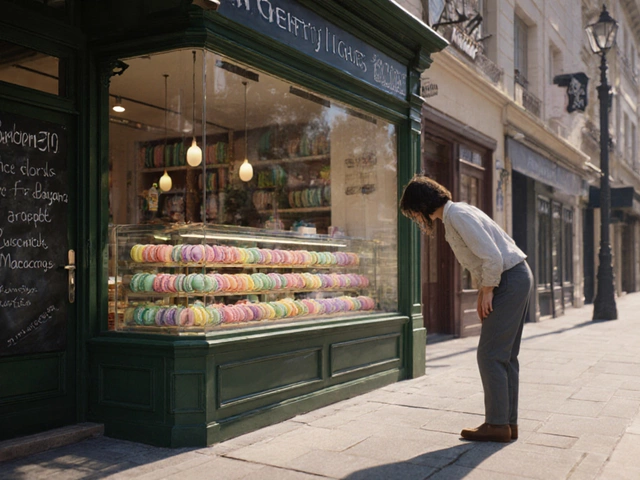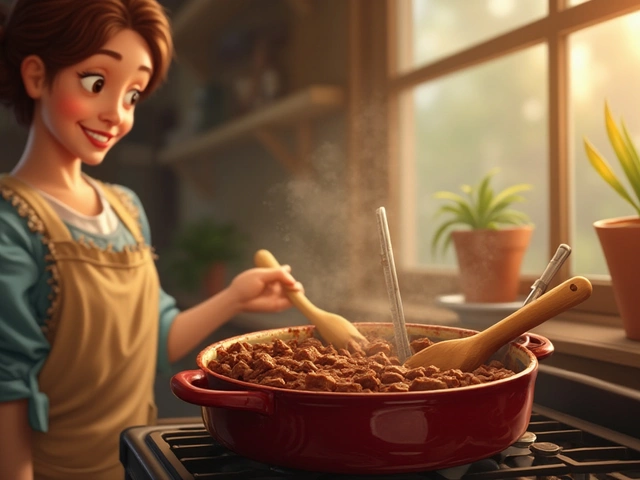Vanilla Fudge: Classic Sweetness Made Simple
When working with vanilla fudge, a smooth, milk‑based candy flavored with vanilla extract that sets into a rich, sliceable block. Also known as vanilla‑flavored fudge, it blends sugar, butter, and milk into a glossy treat that’s a staple at parties and holiday tables. Soft‑ball stage is the temperature range (235‑240°F / 112‑115°C) where the sugar syrup becomes pliable enough to form a soft ball when dropped into cold water, and it’s the critical point for achieving that perfect creamy texture.
Why Temperature Matters
Making vanilla fudge requires precise heat control. A candy thermometer, designed to read high temperatures accurately, is the go‑to tool for hitting the soft‑ball stage without guesswork. If the mixture stops short, the fudge stays grainy; push a few degrees too far and it becomes hard and brittle. The thermometer not only tells you when you’ve reached the right stage, it also guides adjustments for altitude—higher elevations lower the boiling point, so you may need to add a couple of degrees to compensate.
Altitude is another hidden factor that shapes fudge texture. At 5,000 feet the water boils around 202°F, meaning the sugar syrup reaches the soft‑ball stage sooner. Bakers in mountainous regions often add a teaspoon of extra butter or stir a bit longer to keep the final product from turning chalky. Knowing how these variables interact lets you fine‑tune the recipe, whether you’re in a city kitchen or a mountain cabin.
Beyond temperature, ingredient quality drives flavor. Real vanilla extract or vanilla beans contribute depth that imitation powders can’t match. Pairing the right vanilla with a balanced ratio of sugar‑to‑butter (usually 2:1 by weight) ensures the fudge sets firm enough to slice yet stays melt‑in‑your‑mouth soft. Mixing in a pinch of salt at the end amplifies the vanilla’s sweetness and rounds out the palate.
All of these details—temperature, tools, altitude, and ingredients—form the backbone of consistent vanilla fudge results. Below you’ll find a hand‑picked collection of articles that break down each step, from reading the candy thermometer to troubleshooting common issues like grainy or over‑cooked fudge. Dive in to see how you can turn a few simple tweaks into flawless, vanilla‑kissed squares every time.

What Happens When You Skip Vanilla in Fudge? Effects on Flavor & Texture
Learn how skipping vanilla changes fudge flavor, texture, and aroma, plus smart substitutes and troubleshooting tips for perfect chocolate fudge every time.
View More




